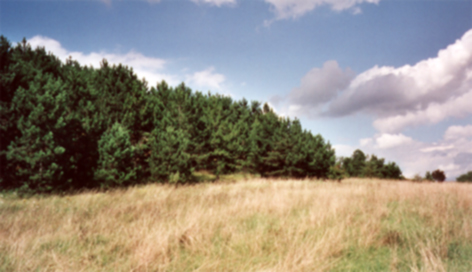 Similar to the near area “Aarnescht” the “Wurzelwiss” is also an semi-arid grassland, grown on a stone layer, characterized by nutrient lack, chalk abundance, low soil depth and a certain amount of light and warmth, due to the north-eastern position.
Similar to the near area “Aarnescht” the “Wurzelwiss” is also an semi-arid grassland, grown on a stone layer, characterized by nutrient lack, chalk abundance, low soil depth and a certain amount of light and warmth, due to the north-eastern position.
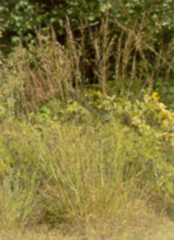
On the compressed ground, retaining the rainwater, the rare moor grass is growing.
The semi-arid grasslands owe their origins to the human intervention in landscape management. They represent the form of land with the most different species in fauna and flora in Luxembourg. Because of the specified biotope conditions, a lot of all those species that normally can be found predominantly in South and Eastern Europe are living here. The plants are well adapted to the arid soils because of a very large and well developed root net. By this system they can economically use the very smallest quantity of water reserves present in the soil. By the same occasion this root net allows them to store all the necessary nutrients for winter times, easily to be mobilized in spring. A lot of plants of the semi-arid grassland areas present a thick and hairy leaf surface or very thick leaf, in order to be protected against a too fast evaporation of humidity.
Endangering of the semi-arid grasslands
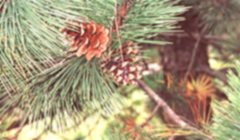
The proliferation of the black pines endangers the semi-arid grasslands.
As those areas had developed out of human use, a permanent care is necessary as otherwise these grasslands will mutate slowly to woodlands. In the “Wurzelwiss” this process is characterized by the quick spreading of the European Black Pine, which had been planted formerly to gain work wood. The thicketing of the semi-arid grasslands is a natural process, which can be defined as a succession. A necessary and adapted care could be the systematic removal of shrubs and Black Pines.
Orchids are one of the most famous species of the semi-arid grassland.
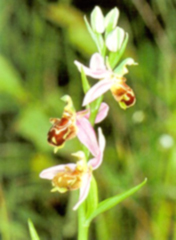 |
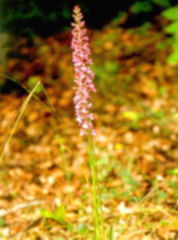 |
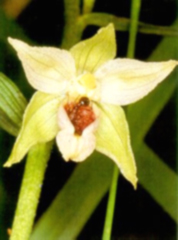 |
| Ophrys apifera | Gymnadenia conopsea | Epipactis muelleri |
